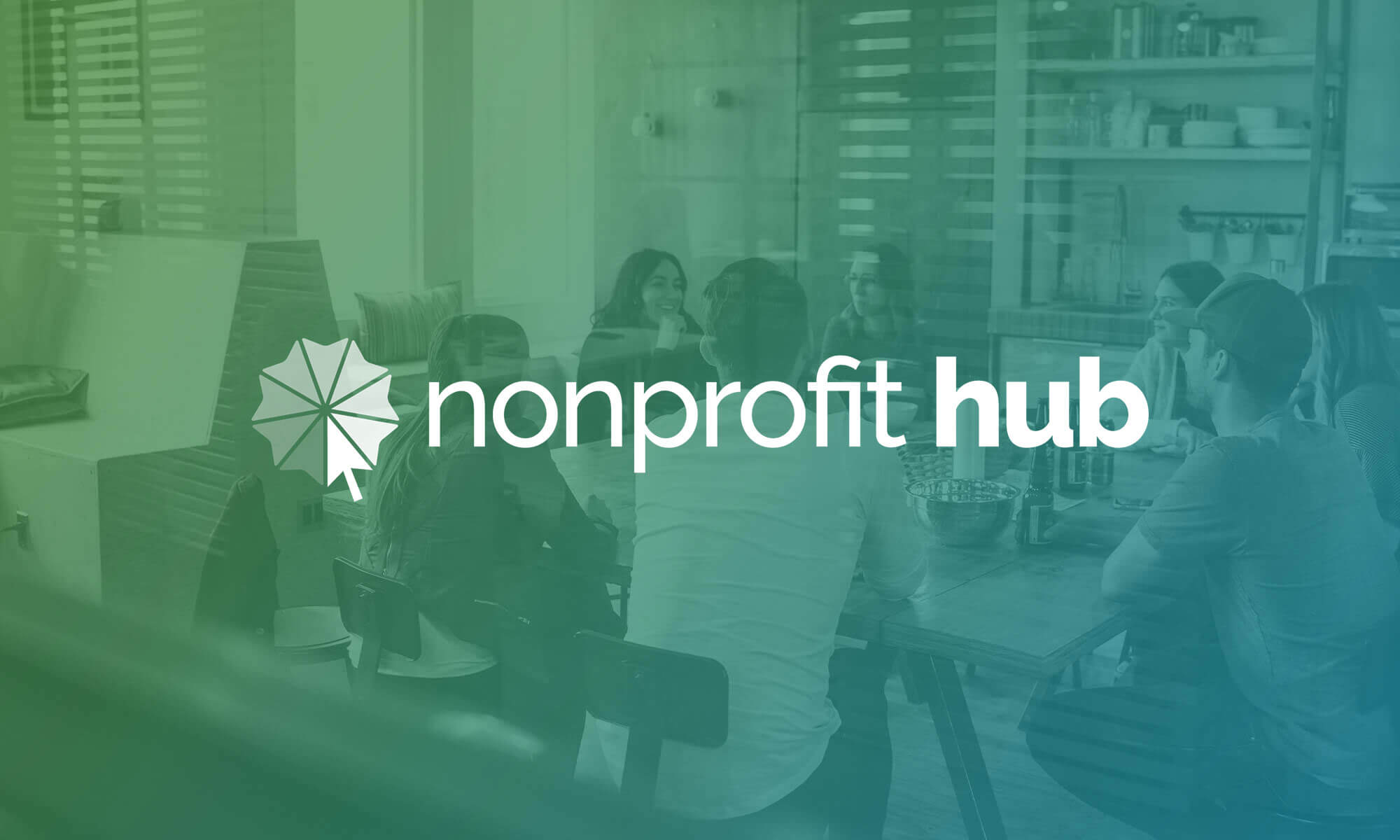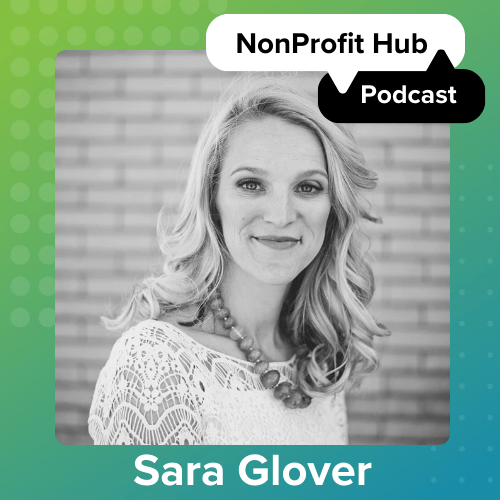The most important part of fundraising and effectively marketing your nonprofit is first understanding who your target demographic is–who are the people that are most likely to respond to your cause? What’s the typical age range of your donors? What motivates them to give, what are their concerns–and what do they want to know about when you thank them and send follow up information on how their donation changed the world?
Without this information, your fundraising efforts will arrive at unreceptive ears, and fall flat. Watch the video below to learn how to focus on your nonprofit target demographic:
Transcript:
Nonprofits may not like being compared to for-profit organizations, but with certain aspects you can’t help it. In regards to a target audience, nonprofits have one just like a for-profit would. And odds are, you aren’t reaching yours. Don’t fall into the same trap that other nonprofits do by looking for donations from a certain tax bracket, or worse, trying to get donations from everybody.
Listen, there is a group of people out there who are more likely to donate to you, and those are the only people who you should be trying to contact; Here’s how.
You need a place to start, and what better place than the people who have already donated to your cause? Surveys are a great way to get more information about your audience, but I wouldn’t suggest attempting a survey and asking for money at the same time. When they’re done donating however, there’s nothing wrong with directing them towards a page that says “Thanks for Donating, please take a second to tell us about yourself.” A quick survey could get you plenty of information on their demographic–age, household income, kids? A more indepth survey or call to your highest donors could get you their psychographics: why they donated, how they found out about your nonprofit. More in depth may mean less people will take it, but it could yield better information.
Now you have to make sense of all the information. It might seem daunting at first, but if you sift through the data, you’ll begin finding commonalities. It could range from anything like, people that live in a certain neighborhood and all their kids go to a school that encourages helping nonprofits – to members of an age group that’s small but your mission really resonated with them.
Now you need to grab the attention of the members of that audience who haven’t donated. If you didn’t already try to get psychographics before, now would be a the time. Because you’ve gained information about your best donors, you’ll be able to craft a message that will resonate with the other members of this constituency, and that will create a larger impression and a better chance of your new targets donating.
This may sound like a lot of work, but you’ll be surprised at how narrowing your message to a smaller target audience can increase donations, and in the long run, make your job a little easier.
Want More Videos?
Here are some of our latest:






